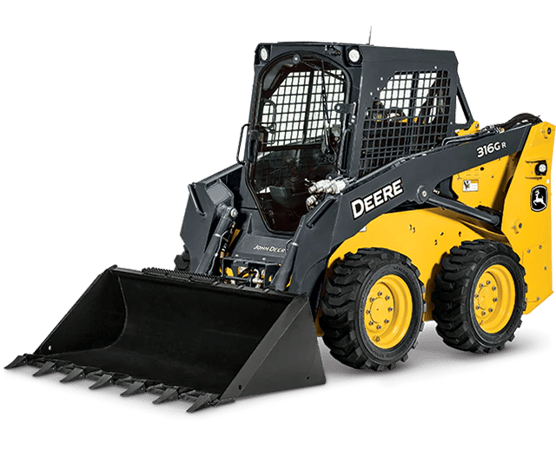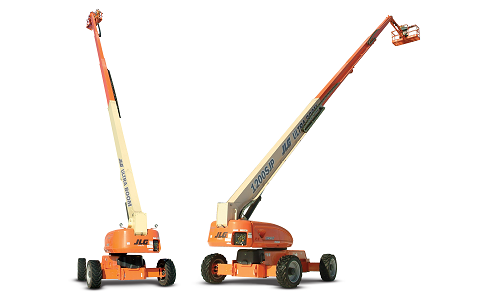Heavy Equipment Rental: Big Machinery for Any Type Of Construction Task
Heavy Equipment Rental: Big Machinery for Any Type Of Construction Task
Blog Article
Optimize Your Spending Plan by Comprehending the Costs Connected With Building And Construction Devices Rentals
Recognizing the full range of prices linked with building tools rentals is critical for optimizing your spending plan. What strategies can be used to effectively handle these expenses and make certain a more effective rental experience?
Overview of Rental Prices
When thinking about construction tools leasings, recognizing the connected prices is vital for effective budgeting and task planning. Rental expenses can vary substantially based on a number of factors, including tools type, period of rental, and place. The first rental charge usually shows the tools's market demand and its connected functional capacities, influencing the overall expenditure.
Along with the base rental price, ancillary costs might develop, such as transportation fees, gas surcharges, and upkeep costs. It is vital to make up these additional costs to properly examine the overall expense of leasing equipment. Moreover, the rental period can influence prices; longer services might get approved for discounted prices, while temporary services could sustain higher day-to-day fees.

Failure of Rental Prices
A thorough understanding of rental rates is necessary for contractors and job managers aiming to maximize their budgets. Rental prices for building and construction devices normally contain several parts, including base rates, time-based fees, and use charges.
Base prices are the core fees connected with the rental of the tools, commonly established by the kind and size of the machinery. These rates can vary dramatically, affected by elements such as equipment demand, schedule, and local market trends. Time-based costs, which may be daily, weekly, or monthly, offer to accommodate various project timelines and rental periods.
In addition, rental prices might consist of use charges, which are suitable when devices is used past a defined threshold, making sure that the rental firm can account for wear and tear. Seasonal need changes can additionally impact rental rates, with peak building and construction seasons normally commanding greater costs.
Additionally, comprehending the rental business's plans pertaining to maintenance and insurance coverage can give more insight right into the total expense framework. By evaluating these components, service providers can make informed choices, making certain the selection of rental devices aligns with both task requirements and budget plan constraints.
Added Fees to Consider
Comprehending the details of added costs is vital for specialists to handle their overall service expenditures efficiently. Past the common rental rates, different auxiliary costs can considerably influence the complete cost of equipment service. These fees typically include shipment and pickup fees, which can differ based on distance and logistics associated with delivering the equipment to and from the task site.
In addition, some rental firms may enforce fuel additional charges if the devices is returned with less fuel than when rented. It is also vital to know potential cleaning charges, particularly for customized equipment that requires complete upkeep after usage.

Completely evaluating the rental agreement and clearing up these added costs upfront can assist professionals guarantee and stay clear of unanticipated costs that spending plans continue to be intact throughout the job lifecycle.
Repair And Maintenance Expenditures
Normal repair and maintenance expenses are often ignored variables that can significantly affect the general cost of construction equipment leasings. When renting out devices, it is important to consider not just the rental fees but likewise the possible prices related to keeping the machinery in optimal operating problem.
Many rental firms include standard upkeep as component of the rental agreement; nonetheless, a lot more unexpected malfunctions or considerable repair services can cause added expenditures. It's necessary to review the rental contract meticulously to comprehend what upkeep services are covered and what responsibilities drop on the occupant.
Moreover, equipment that is not properly maintained can lead to inefficiencies on duty website, possibly creating hold-ups and boosting project prices. To mitigate these threats, it is suggested to carry out normal examinations and preserve open interaction with the rental copyright pertaining to any concerns that occur throughout use.
Insurance Policy and Obligation Prices
Insurance policy and responsibility prices are crucial elements that can significantly impact the general cost of building and construction equipment rentals (scissor lift rental). These prices make certain that both the rental company and the client are secured from prospective financial losses occurring from mishaps, damage, or burglary during the rental duration

In addition, customers must be conscious of any kind of deductibles or exemptions in the insurance plan, as these can influence possible out-of-pocket costs. Recognizing the conditions of any insurance coverage is important to stay clear of unforeseen costs. Eventually, budgeting for insurance and obligation costs can help make sure a smoother rental experience and protect versus economic risks related to building projects.
Conclusion
In verdict, a thorough understanding of the prices linked with building and construction tools services is crucial for effective budget monitoring. Inevitably, informed decision-making pertaining to equipment services contributes to the overall success of building and construction undertakings.
Rental prices can vary considerably based on several variables, consisting of equipment kind, period of rental, and area (rental company near me). The rental period can influence prices; longer rentals might qualify for affordable rates, while temporary leasings could incur greater everyday costs
By carrying out extensive research and involving with respectable rental companies, service providers can successfully browse the complexities of rental rates, eventually optimizing their monetary sources.
Beyond the standard rental prices, numerous supplemental charges can substantially influence the total expense of equipment leasing. Rental firms commonly provide here are the findings obligation insurance that covers injuries to 3rd parties or damage to residential or commercial property, while devices damages insurance can cover the cost of repairs or substitute if the rented equipment is harmed.
Report this page